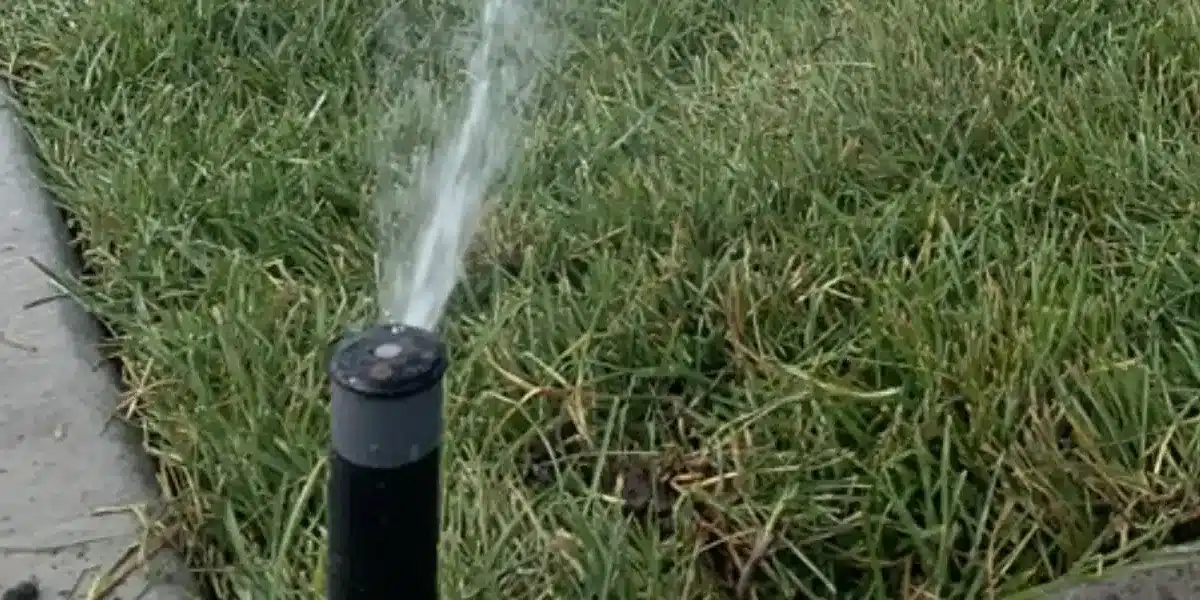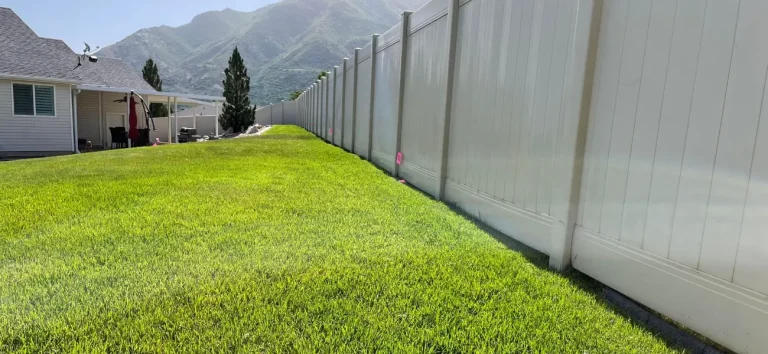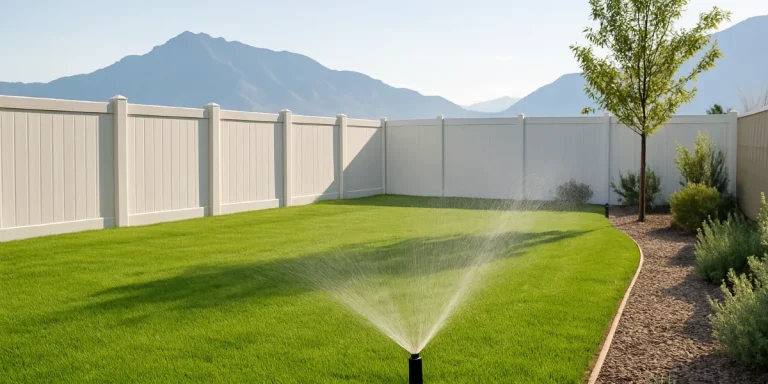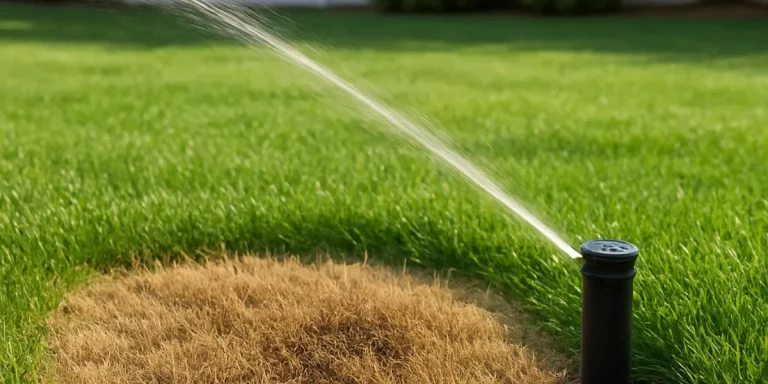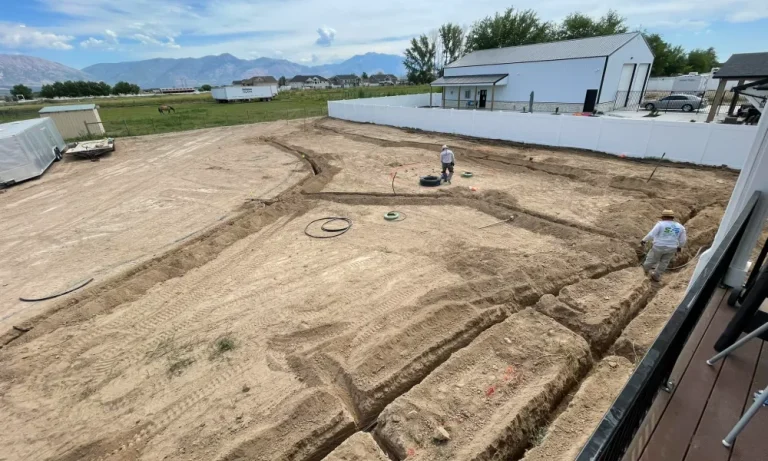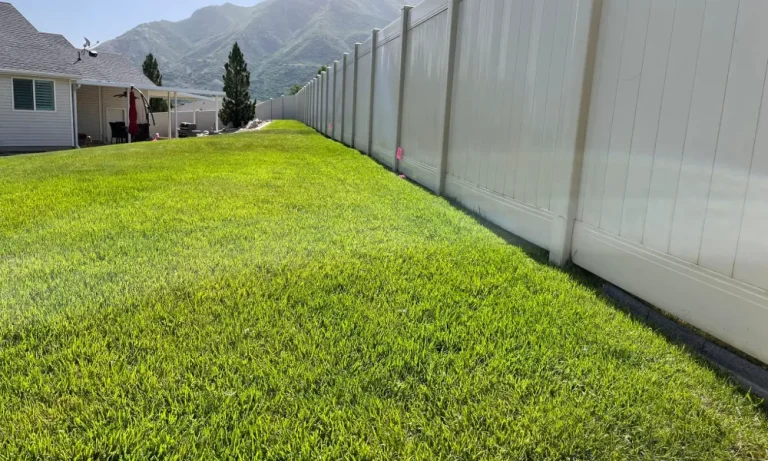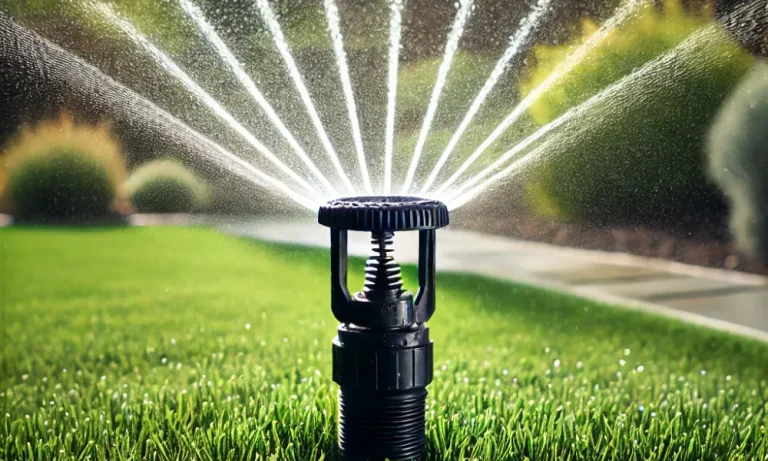How to Prevent Overwatering in Garden Beds
Maintaining healthy garden beds in Northern Utah requires more than just watering regularly—it requires watering correctly. Overwatering is one of the most common mistakes homeowners make, and it can lead to root rot, poor plant growth, fungal issues, and wasted water. At S&S Sprinklers, we help clients across Ogden and nearby towns get their landscapes back on track with smart watering solutions and expert landscaping support.
Why overwatering is a problem
Too much water can be just as damaging as not enough. When soil remains saturated, plant roots are deprived of oxygen, creating the perfect conditions for rot and disease. Over time, this can lead to stunted growth, yellowing leaves, and plant death.
In Northern Utah, where the climate includes hot, dry summers and cold winters, overwatering also contributes to water waste—something many local homeowners are actively trying to avoid. Preventing overwatering helps you conserve resources, lower utility bills, and promote stronger, deeper root systems for more resilient plants.
Signs You Might Be Overwatering Your Garden
Overwatering is a surprisingly common issue in residential landscapes across Northern Utah. With automatic sprinkler systems running on set schedules, it’s easy to assume your plants are getting just the right amount of water—but too much moisture can cause serious, long-term damage to your garden beds. Understanding the signs of overwatering is the first step in correcting the problem before it affects your entire landscape.
Key symptoms to watch for
If you notice any of the following conditions in your garden, your plants may be receiving more water than they need:
-
- Yellowing or wilting leaves
While wilting is usually associated with underwatering, it can also result from overwatering. Plants struggling with root rot or oxygen-deprived roots often appear droopy, especially during the heat of the day. Yellowing leaves, particularly on the lower parts of the plant, are a classic symptom of excessive moisture in the soil. - Mushy stems or foul odors
Waterlogged soil creates a perfect environment for fungal infections and root rot. If the base of your plants feels soft or spongy—or if you notice an unpleasant, musty smell near the root zone—your plants may be suffering from too much water and poor air circulation. - Soil that stays soggy
Check your soil a few hours after watering. If it still feels wet, sticky, or puddles under pressure, your garden likely has a drainage issue or is being watered too frequently. Healthy soil should feel moist but not soaked. - Surface mold or algae
A constantly damp surface layer can encourage mold, mildew, and algae to grow—especially in shaded or poorly ventilated areas of the garden. This not only detracts from your garden’s appearance but can also introduce disease and compete with plant roots for nutrients. - Increased pest activity
Many pests—like fungus gnats, slugs, and snails—are drawn to moist environments. If you're noticing an uptick in unwanted bugs, it could be a sign that your garden beds are staying too wet, too often. - Stunted growth or poor flowering
Plants that receive regular fertilizing but still look underdeveloped or fail to bloom might be suffering from root stress due to overwatering. Saturated soil can restrict oxygen uptake, preventing roots from functioning properly and limiting the plant’s ability to grow and thrive.
- Yellowing or wilting leaves
What to do if you suspect overwatering
If you’re seeing one or more of these signs, take the time to assess both your soil and your watering habits. Check your irrigation schedule, inspect your sprinkler system for overspray or leaks, and test soil moisture manually or with a moisture meter.
At S&S Sprinklers, we offer professional sprinkler audits and landscape assessments to help you identify problem areas and make smart adjustments. Whether it’s modifying your watering zones, adjusting timers, or switching to drip irrigation, we can help you protect your plants, conserve water, and get better results from your garden.
How to Prevent Overwatering in Northern Utah Garden Beds
Preventing overwatering is one of the most important steps in maintaining a healthy, water-wise landscape in Northern Utah. Many garden issues—from yellowing leaves to root rot—can often be traced back to excessive or inconsistent watering. In our local climate, where summers are hot and dry and winters can be long and cold, it’s critical to strike the right balance. Whether you're working with flower beds, vegetable plots, or ornamental shrubs, here’s how to keep your garden beds thriving without wasting water.
1. Understand your plants’ specific water needs
Not all plants need the same amount of water. Grouping plants with similar watering requirements in the same bed (a technique called “hydrozoning”) is one of the simplest and most effective ways to prevent overwatering and make your irrigation system more efficient.
-
-
- Native Utah plants, like rabbitbrush, penstemon, and Utah serviceberry, are adapted to our dry climate and require little supplemental water once established.
- Perennials such as Russian Sage, Coneflower, and Salvia thrive in full sun and prefer drier conditions. Overwatering these can cause root stress or fungal issues.
- Vegetables and annuals, like tomatoes, cucumbers, and zinnias, have shallow root systems and often need more frequent watering—but only when the top inch or two of soil is dry.
- Shrubs and ornamental grasses, including Boxwood, Spirea, Blue Fescue, and Feather Reed Grass, typically benefit from deep, infrequent watering to encourage strong root systems.
-
Start by walking through your garden and taking note of what’s planted in each area. If you're unsure how much water each plant type needs, S&S Sprinklers can help assess your landscape and offer custom watering recommendations for each garden bed.
2. Improve your soil’s drainage
Proper drainage is essential to avoid soggy roots and promote healthy plant growth. This is especially true in areas like Ogden, Kaysville, and South Weber, where clay-heavy soils are common and can trap water around root zones.
To improve drainage and prevent pooling:
-
-
- Amend the soil by adding organic compost, sand, or bark mulch to improve texture and increase permeability.
- Avoid compaction by limiting foot traffic and heavy equipment use on garden beds, especially when the soil is wet.
- Use raised beds for gardens in naturally poor-draining areas. They give you better control over soil quality and moisture levels.
- Loosen compacted areas with aeration tools or digging forks to allow water to flow more freely.
- Install proper grading or French drains in problematic areas with chronic water buildup.
-
If your garden beds frequently pool water after rain or irrigation, our team at S&S Sprinklers can provide professional drainage assessments and solutions tailored to your property.
3. Optimize your irrigation system
Even the healthiest plants and best soil can suffer if your irrigation system is applying water inefficiently. In fact, one of the most common causes of overwatering we see in Northern Utah landscapes is poorly zoned or outdated sprinkler systems.
To keep your garden beds watered properly:
-
-
- Separate garden beds from turf zones to avoid watering all areas equally. Flower beds generally need far less water than grass.
- Install a smart irrigation controller that adjusts watering schedules based on local weather, temperature, and soil moisture.
- Switch to drip irrigation where possible. Drip systems deliver slow, targeted moisture directly to plant roots, reducing waste and avoiding surface runoff.
- Adjust sprinkler heads to prevent overspray into garden beds or onto hardscapes.
- Check for leaks and clogs in your system regularly to avoid accidental flooding of beds.
-
At S&S Sprinklers, we specialize in sprinkler system upgrades, drip system installations, and water-efficient irrigation layouts. If you're not sure whether your current system is overwatering, we offer sprinkler audits and zone adjustments to fix the problem.
4. Water deeply—but less often
It might seem counterintuitive, but watering your garden beds less frequently can actually make them healthier. Frequent, shallow watering encourages weak, surface-level roots that are more vulnerable to drought. Deep, infrequent watering promotes strong, drought-tolerant plants.
Best practices for efficient watering:
-
-
- Water 2–3 times per week, depending on plant type and weather.
- Water early in the morning, ideally before 10 AM, to reduce evaporation.
- Let the top few inches of soil dry out between waterings. Use a moisture meter or simply feel the soil with your fingers.
- Watch your plants for signals. Slight wilting in the afternoon heat is normal; if they perk back up by evening, they're likely well hydrated.
-
Proper watering habits make plants more resilient and reduce the risk of disease, root rot, and stress—especially during Northern Utah’s peak summer heat.
5. Apply mulch to conserve moisture and protect roots
A layer of mulch is one of the easiest and most cost-effective ways to regulate soil moisture and protect your plants from overwatering and dehydration alike.
Benefits of mulching your garden beds:
-
-
- Reduces evaporation, helping the soil retain moisture for longer
- Regulates soil temperature, keeping roots cool in summer and insulated in winter
- Prevents erosion and compaction, especially after rain or irrigation
- Suppresses weeds, which compete with your plants for water
-
We recommend applying 2–3 inches of organic mulch, such as shredded bark, wood chips, or compost, around the base of plants. Be sure to leave a small gap around the stem or base to prevent rot. As part of our landscaping services, S&S Sprinklers offers professional mulch installation and full garden bed renovations to help clients get the most from their yards—both functionally and visually.
Step 6: Keep an eye on seasonal changes
Watering needs shift with the seasons. During spring and fall, your garden beds may require less water than they do in July or August. Similarly, if we experience a particularly wet week in Ogden or Plain City, you may need to skip a watering cycle or two.
We recommend updating your irrigation controller monthly based on forecasted weather and plant conditions. Many of our clients benefit from our routine sprinkler maintenance, which includes seasonal adjustments, zone checks, and programming support.
Proudly Serving Northern Utah
S&S Sprinklers and Landscaping provides expert sprinkler and landscaping services in:
-
- Ogden
- Layton
- Kaysville
- Syracuse
- West Haven
- Farr West
- Plain City
- Pleasant View
- South Weber
- Taylor
- West Point
- Other nearby areas in Weber and Davis Counties
Get Smart About Watering with S&S Sprinklers
Preventing overwatering is one of the easiest ways to improve the health and beauty of your landscape. Whether you need help installing a new irrigation system, upgrading your current setup, or refreshing your garden beds with drought-tolerant plants and mulch, our team is here to help.
Call (801) 477-8444 or request a free estimate today.
We’ll help you save water, protect your plants, and keep your landscape thriving all season long.

